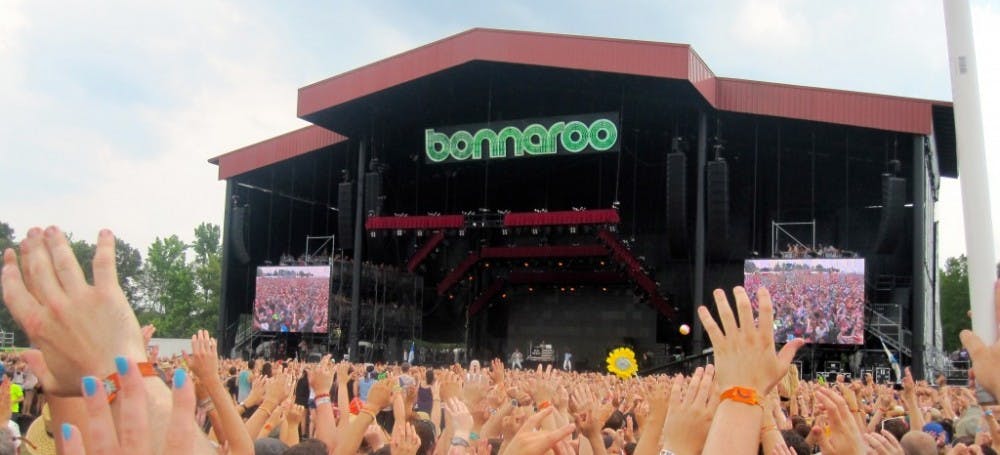For the majority of the kids who attended my high school, the beginning of August was consistently defined by a single, memorable juggernaut of an event: Lollapalooza.
Living in a Chicago suburb, I would’ve been considered insane to miss out on the annual weekend – happening nearly in my backyard – that always marked the steady and miserable countdown to the back-to-school blues. Ticket prices inflated by the year and sold out faster than ever, and arguments over the quality of the lineup would always flare up shortly after it was announced. But nevertheless, everyone went. So, I went too.
Conceived more than 20 years ago, Lollapalooza began as a summer music event that stayed true to a vision: a place where attendees could appreciate a lineup of “non-mainstream” and up-and-coming artists on one stage. Unique in its inclusion of art displays and counter-cultural awareness, it rapidly grew in popularity.
After only a few short years, with the addition of more stages and days, more “relevant” bands began to dominate the list of performers. And over time, Lollapalooza has expand magnificently: not just in numbers, but also in hype.
Far from its original intent, today this spectacle draws names of a spectrum of genres that dominate the music charts. But this event isn’t the only one with skyrocketing attendance and media attention. Across the nation, festival-goers are destined to be lost in a sea of an increasingly younger and (most likely) intoxicated crowd, drawn by the hype that has drastically changed what it means to attend a music festival.
The whole concept was born from the idea of being part of a unique cultural and musical experience, but has become what those attending the first Lollapalooza were trying to avoid: trendy and mainstream.
Yet, on Aug. 2-4, 2013, over 160,000 people filtered through the entrances to Grant Park. One will never really know how many of those people were truly going for the music. And there is no way to tell how many attendees left more satisfied with their Instagrams, Vines and photos that would subsequently end up on Facebook than the acts that they listened to.
An electrified need to not miss out on a fad drew so many of my friends to secure that 3-day wristband year after year. Lolla left us with memories and our fair share of funny stories, but, when it comes down to it, it was just an expensive means of taking part in a trend.
Was it worth the sweat? The price? Having to physically take scissors to my mud-caked sandals at the end of the night in order to get them off my feet?
This year I decided it wasn’t.
I didn’t wait in line among the sweaty throng of festival-goers, in their crop tops and high-waisted, cut-off shorts. I didn’t get a tan line from keeping my colorful wristband on for the rest of the summer, like a wearable trophy indicating I was part of the insanity that was Lollapalooza. And I sat back and watched as social media sites were completely flooded with pictures that I wasn’t in, feeling like I didn’t really miss out on anything.
It’s hard to tell if I’ll venture back into the chaos that was formerly a staple in my summer plans in the same way that there is no way to predict if the big name festivals will ever lose their mainstream appeal.
As long as the most popular artists are featured, and the masses of attendees continue to buy into the hype, the biggest music festivals have no hope of returning to the way they were at their beginnings. But for those who truly value listening to the performances, the price of music festivals will always be worth having to navigate the crowds of people there for the wrong reasons.


